Aida (Opera Australia) and Madama Butterfly (Opera Australia)
Aida (![]() ) is one of the great contradictory operas: grandiose in effect yet intimate in emotional content. How such an imperial chamber piece would translate onto a harbour in front of thousands of people and sundry camels remained to be seen. It was an ambitious but possibly inevitable choice for the fourth of the Handa Operas on Sydney Harbour, presented by Opera Australia.
) is one of the great contradictory operas: grandiose in effect yet intimate in emotional content. How such an imperial chamber piece would translate onto a harbour in front of thousands of people and sundry camels remained to be seen. It was an ambitious but possibly inevitable choice for the fourth of the Handa Operas on Sydney Harbour, presented by Opera Australia.
Aida was Giuseppe Verdi’s first opera after Don Carlos (1867). The gestation was unusual: it’s not every day that a Khedive commissions an opera. This was to mark the opening of the Suez Canal and the Cairo Opera House (though the première followed both these milestones). The Khedive of Egypt wanted Verdi; but would have settled on Gounod or Wagner, in that order. Verdi, soon persuaded, wrote the opera in four months. Antonio Ghislanzoni based his libretto on a draft by Camille du Locle (the librettist of Don Carlos), which was in turn based on a story by French Egyptologist Auguste Mariette. Verdi, single-minded as ever, knew how to get what he wanted, and, in the words of the great Australian Verdian, Charles Osborne: ‘[Ghislanzoni] was the kind of librettist Verdi liked; the kind he could bully.’ Verdi was not in Cairo for the première on 24 December 1871, but he directed the triumphant La Scala production that followed. Of all his operas, it is one of the most popular.
Continue reading for only $10 per month. Subscribe and gain full access to Australian Book Review. Already a subscriber? Sign in. If you need assistance, feel free to contact us.



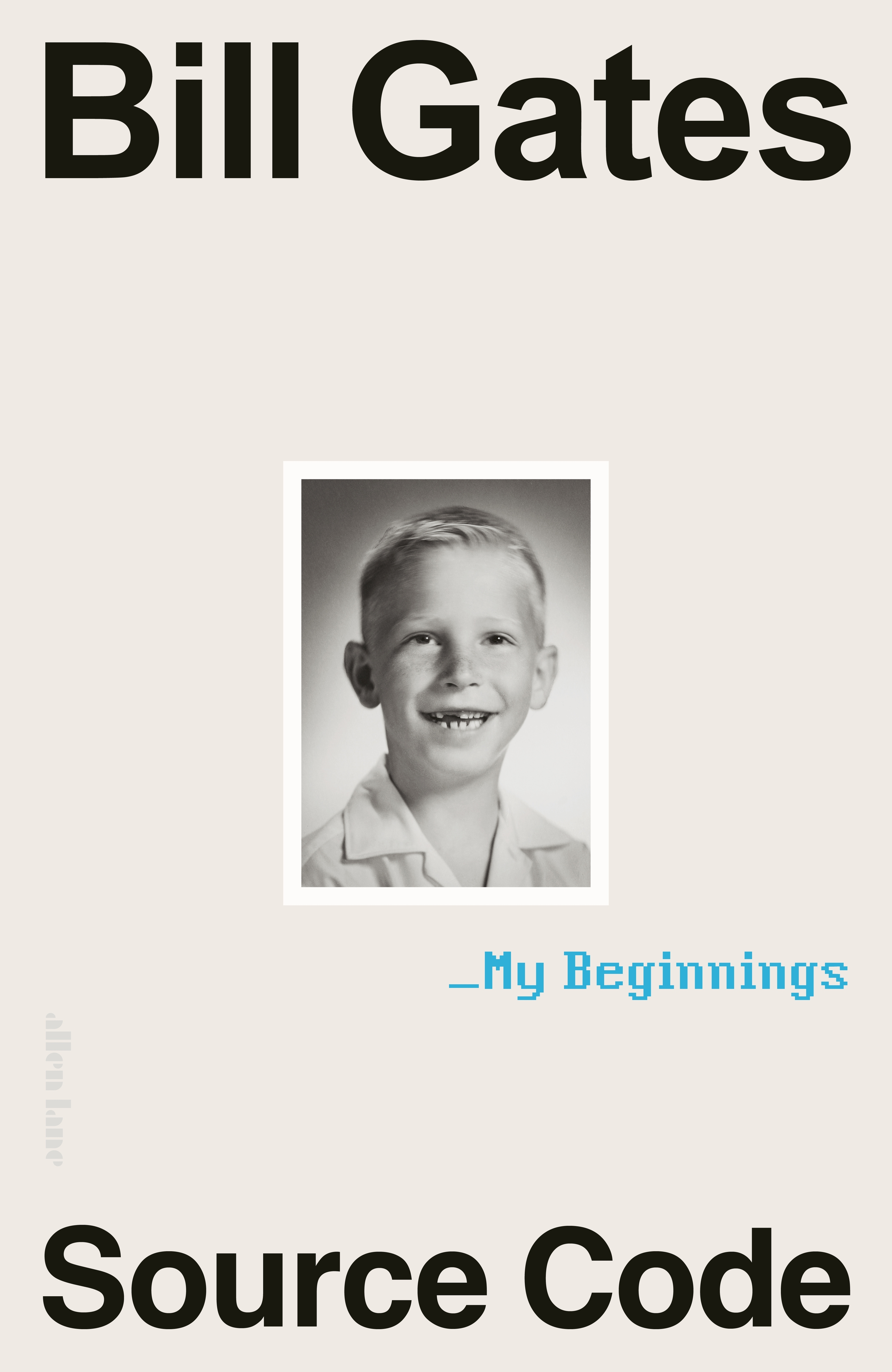
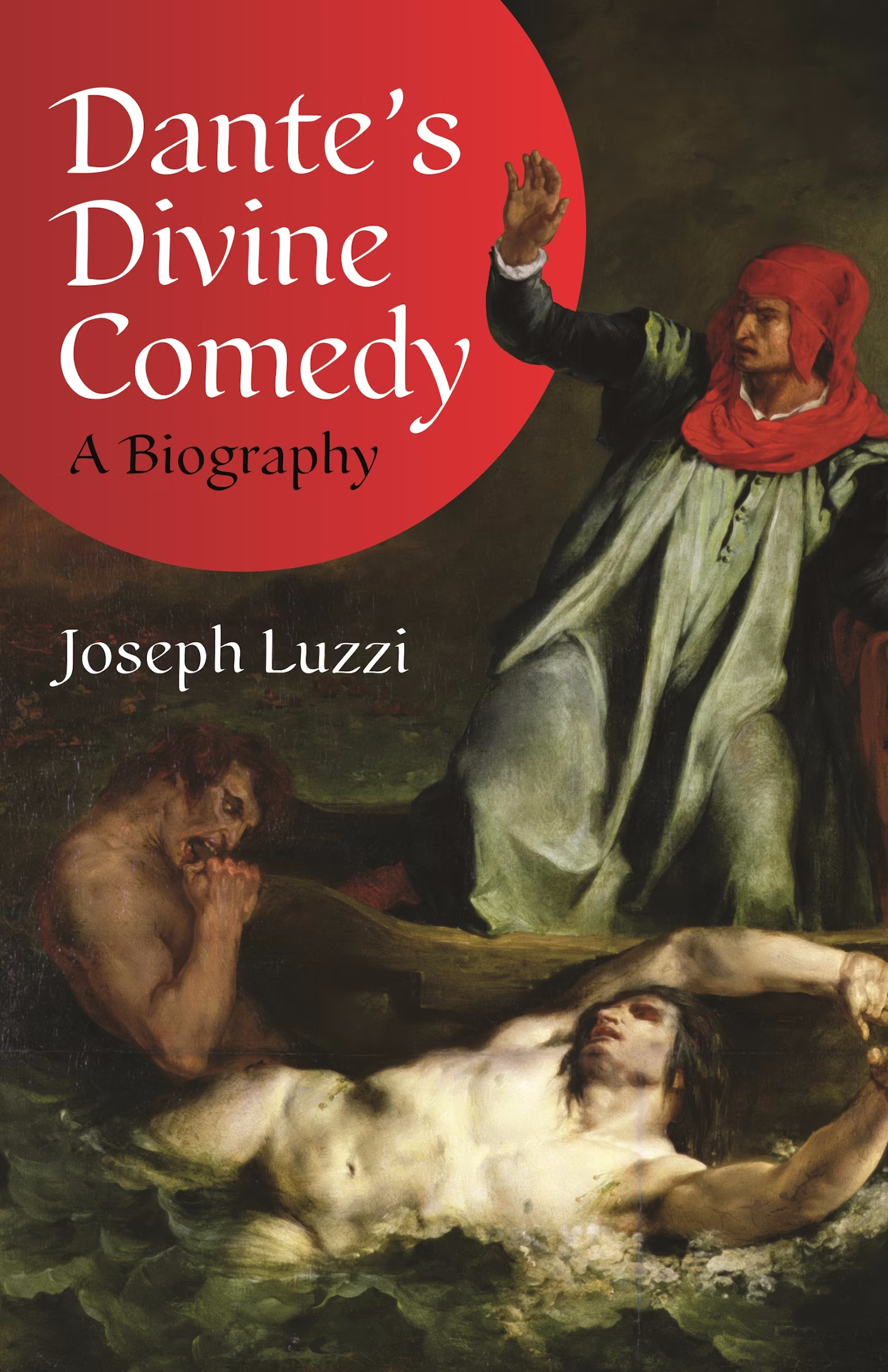
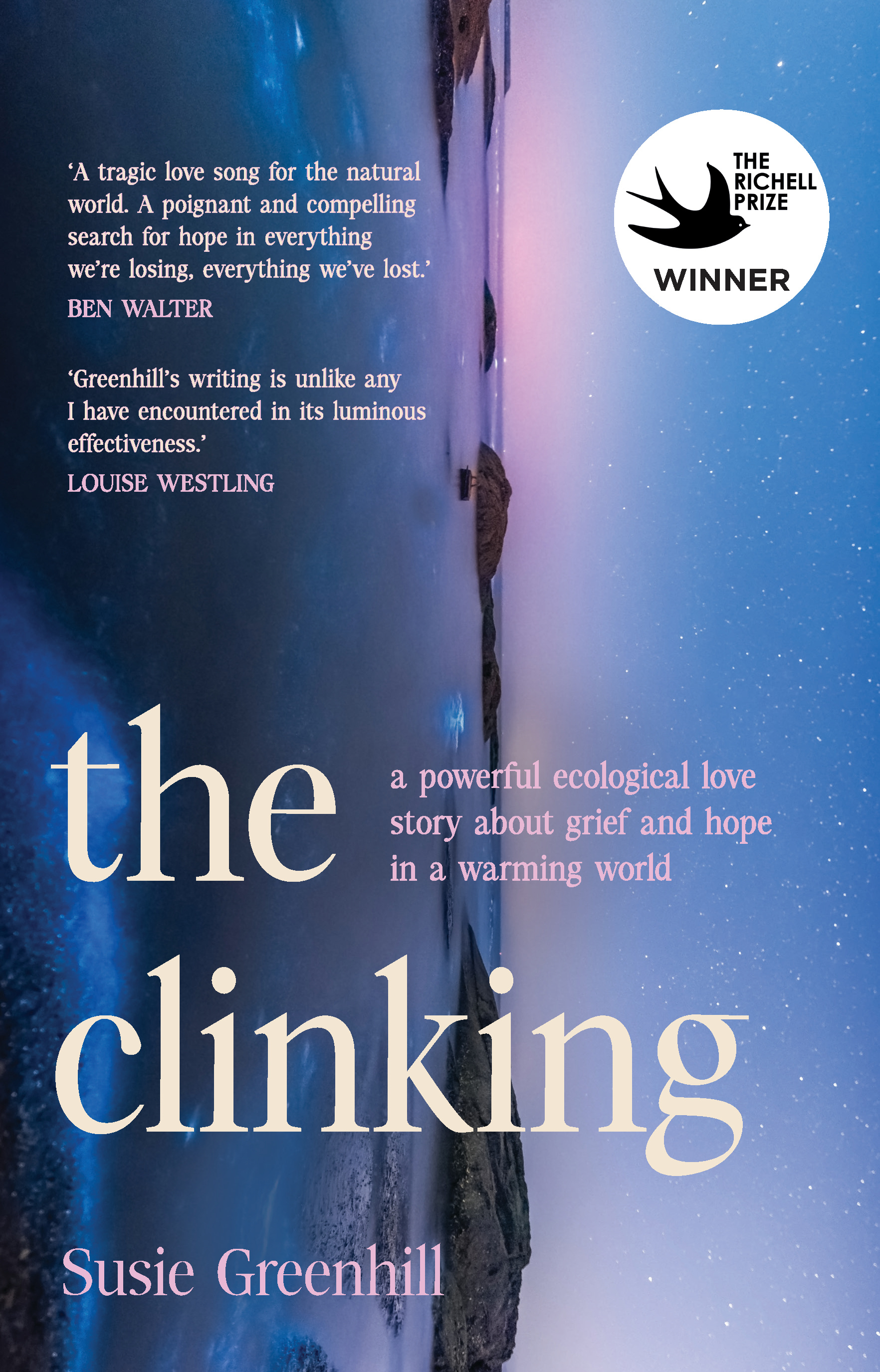
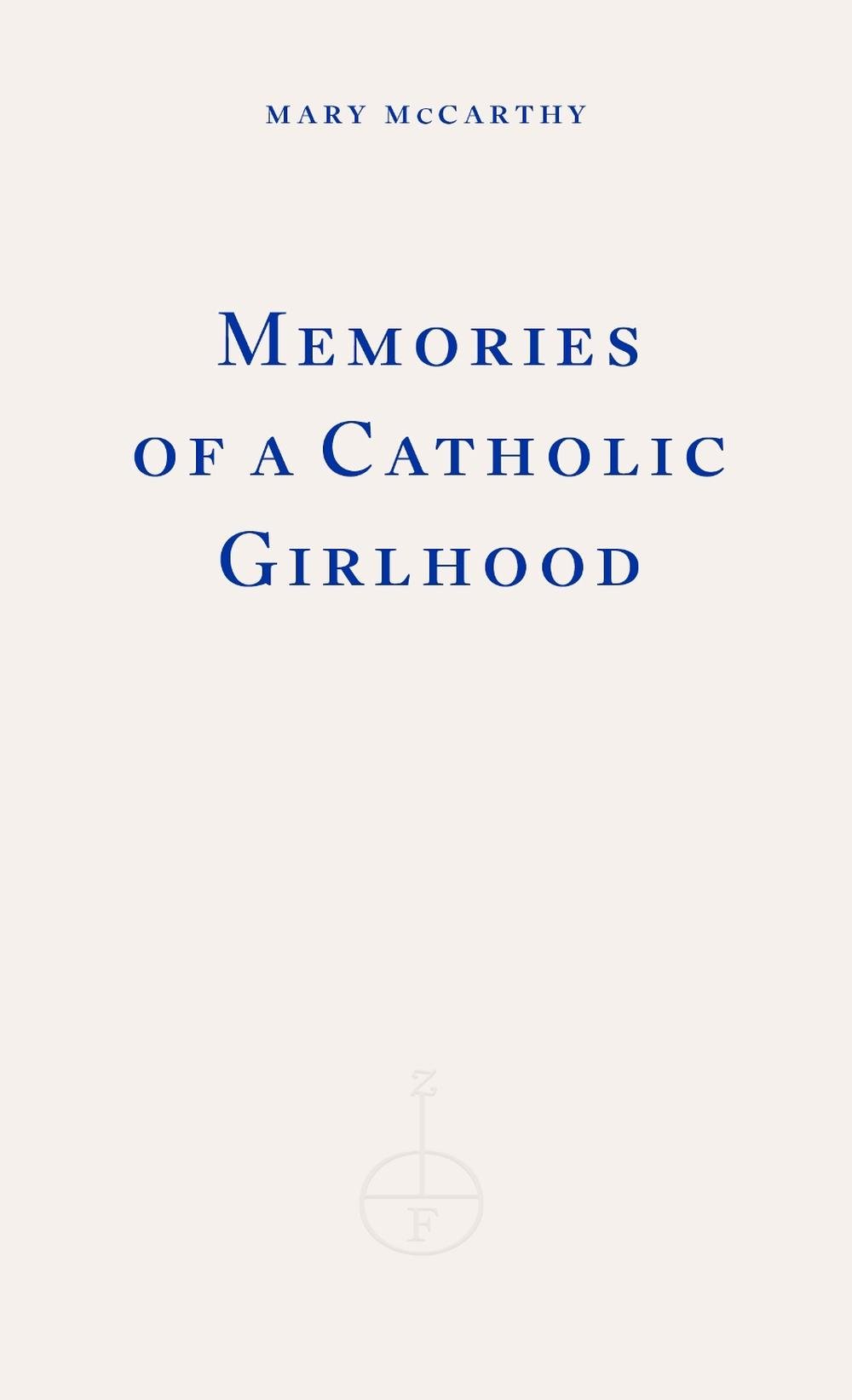
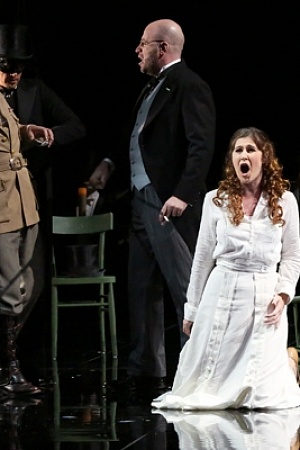
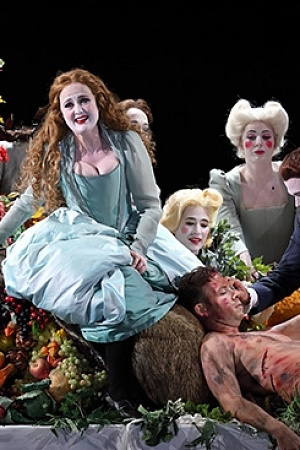
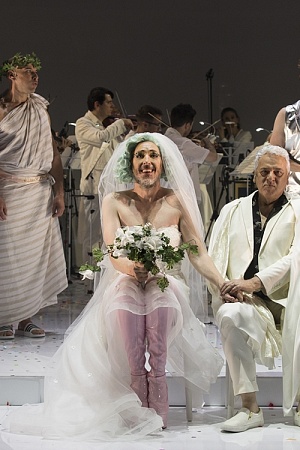
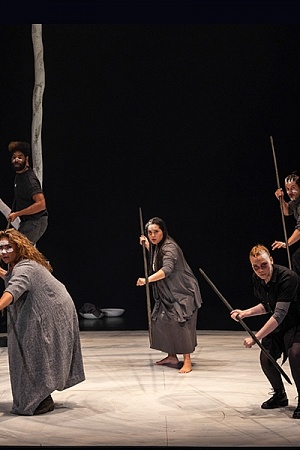
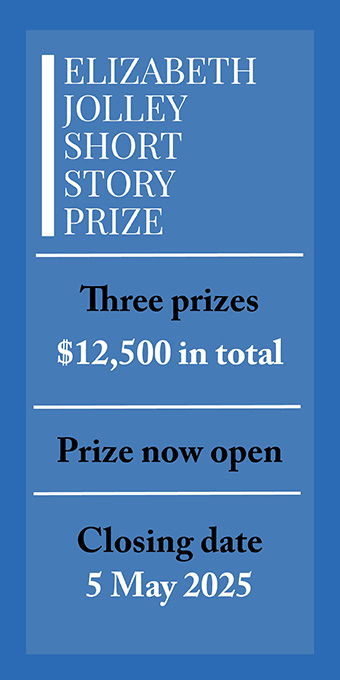
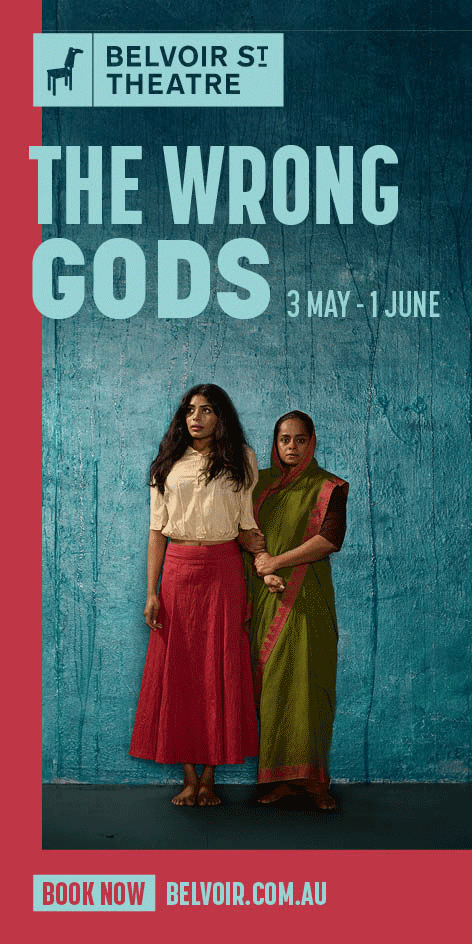
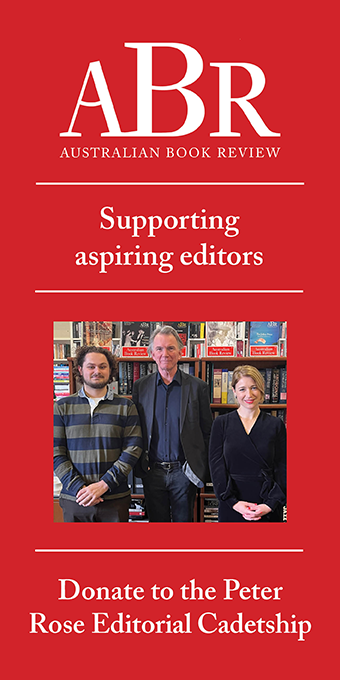
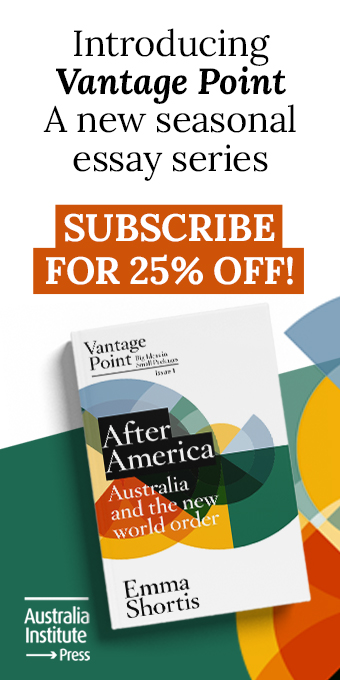
Comments (2)
And posting these as part of ABR is a real winner! Thanks.
Cheers
Philip
Leave a comment
If you are an ABR subscriber, you will need to sign in to post a comment.
If you have forgotten your sign in details, or if you receive an error message when trying to submit your comment, please email your comment (and the name of the article to which it relates) to ABR Comments. We will review your comment and, subject to approval, we will post it under your name.
Please note that all comments must be approved by ABR and comply with our Terms & Conditions.